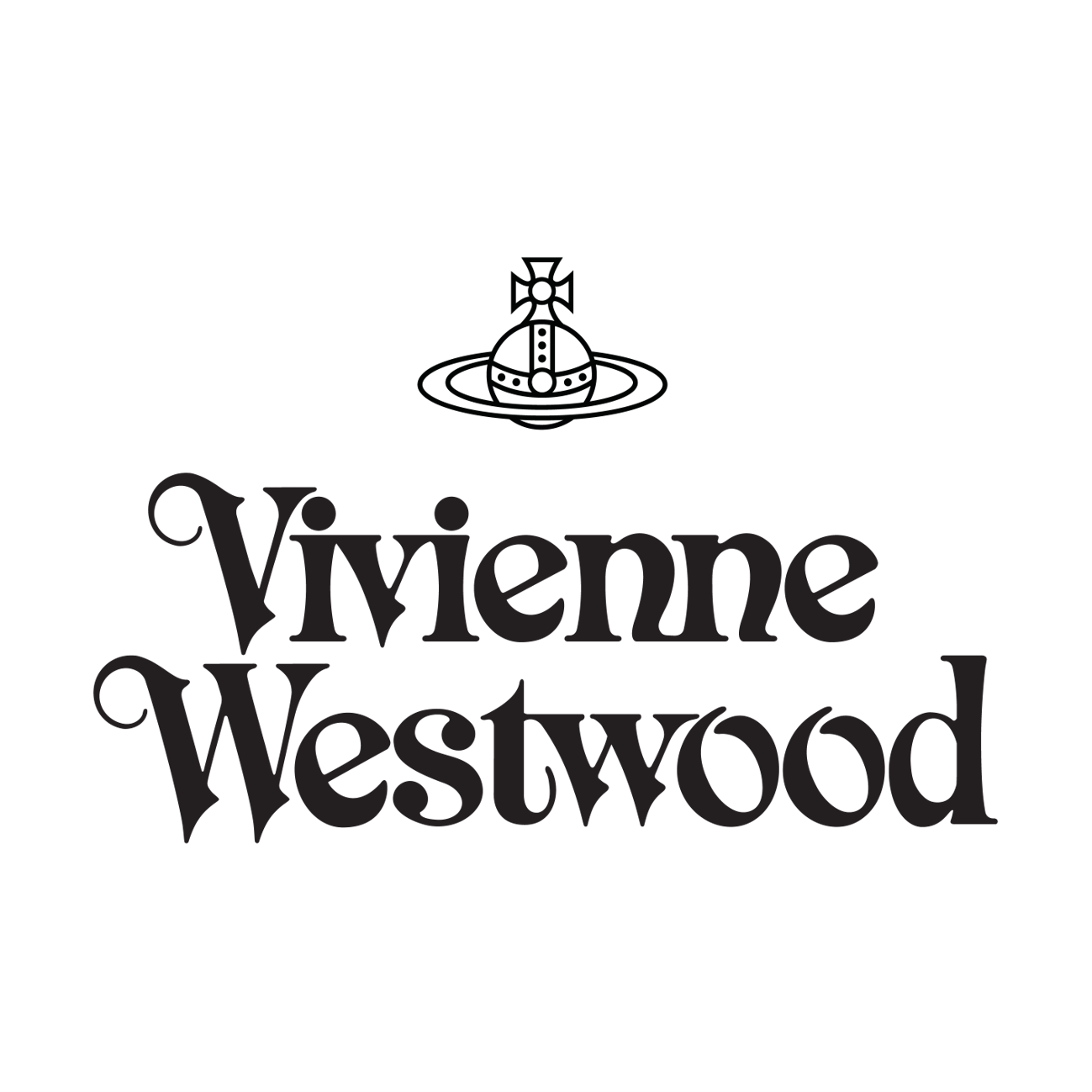Luxury fashion’s value chain is equally intricate, but it pivots on craftsmanship and raw-material provenance rather than silicon and servers. From cashmere herds in Mongolia to tanneries in Italy and ateliers in Paris, the chain spans agricultural practices, animal welfare, artisanal workshops, and high-end retail. Stella McCartney, Hermès, Vivienne Westwood, and the LVMH group signal the industry’s tension between exclusivity and sustainability: they rely on rare, sometimes resource-intensive inputs, yet their brand equity increasingly depends on credible climate action and ethical sourcing.
Comprehensive life-cycle assessments, regenerative agriculture pilots, and circular business models such as up-cycling ateliers and resale platforms are redefining what “luxury” means. Brands that pair long-lasting design with transparent impact labelling lead the conversation; those clinging to opaque supply chains and exotic skins face mounting scrutiny from regulators and Gen-Z consumers alike. As with tech, the ability to trace emissions and biodiversity footprints through tiers of suppliers—and to innovate with bio-based or recycled alternatives—will separate tomorrow’s icons from yesterday’s maisons.
Vivienne Westwood
Buy Less, Choose Well, Make It Last
Criteria
Carbon Footprint: 3.5/5
Vivienne Westwood has tried to reduce its carbon footprint: she by using sustainable supply and promoting carbon offset initiatives. However, compared to some other luxury houses, its overall carbon impact is still something that can be improved.
Ecological Impact: 4/5
The brand actively raises awareness about climate change and environmental issues. It collaborates with NGOs and sustainable organizations to drive change, but some of its collections still include high environmental footprint synthetic materials.
Energy Consumption: 3.75/5
While Vivienne Westwood prioritizes responsible production, there is limited transparency about its use of renewable energy across its supply chain. Further investments in clean energy and efficiency measures could strengthen its sustainability efforts.
Freight Density: 3/5
The company is committed to local designs and ethical procurement but still relies on global supply chains. While it prioritizes quality over quantity, logistics and transport innovations can further reduce emissions.
Recycling Rates: 3.5/5
Vivienne Westwood promotes upcycling, reworking vintage garments, and producing limited collections to minimize waste. However, the brand could expand its recycling initiatives for consumers by offering more take-back or closed-loop programs.
Saving Levels: 4/5
By advocating slow fashion and producing long-term, quality clothing the brand indirectly reduces waste and overproduction. Conservation of natural resources is also achieved by the use of responsible materials
Specific Product Monitoring: 3/5
While the brand has made progress in the usage of ethical and sustainable materials, it lacks complete transparency across all product lines. More stringent monitoring and certification of materials can further enhance its sustainability level.
Supply Chain Waste: 3/5
Vivienne Westwood uses artisanal production and limited-run collections to minimize waste, but the brand does not yet have a fully circular approach. More innovations in waste reduction and recycling within its production processes would be beneficial.
Sustainability Scorecards: 4/5
The brand is highly engaged in sustainability activism and has been rewarded for its environmental efforts. However, compared to some leading sustainable brands, there is still room for improvement in supply chain transparency and innovation.
Water Management: 3/5
Vivienne Westwood has reduced water consumption by using organic cotton and fair wool. The company however, does not provide publicly available detailed information about its water-saving practices or specific targets.
Ratings
Stella McCartney leads in sustainable luxury, excelling in ecological impact, recycling, and responsible material sourcing, setting industry benchmarks for ethical fashion. Hermès scores high on craftsmanship and durability, supporting slow fashion, but lacks transparency and strong circular economy efforts.
Vivienne Westwood is a vocal advocate for sustainability, yet needs to improve transparency and consumer recycling initiatives.
LVMH has ambitious goals, including carbon reduction and renewable energy use, but its large-scale operations and reliance on resource-intensive materials make full sustainability challenging. While all brands are making progress, Stella McCartney remains the most forward-thinking in environmental responsibility.
- Stella McCartney: 4.3/5
- Hermès: 3.7/5
- Vivienne Westwood: 3.7/5
- LVMH: 3.4/5
ESCP Business School Team
Research developed by five curious international ESCP Business School students who have worked together to successfully complete their consulting project. They analysed four brands in four different categories -24 brands: electric cars EV, dairy products, computers, personal care, luxury apparel, fast fashion-, according to 10 environmental criteria.
- Alix AMMEUX: Dairy Products
- Hanna AMSELLEM: Electrical Vehicles
- Leonardo BERTINI COLLA: Computers
- Zackary BOISNEAULT: Personal Products
- Ariane DESPRES: Luxury Apparels
- Caterina GIUSTINIANI: Fast fashion
Sources
- Hermès – Activity Report 2023
- Sustainable Development | Hermes | Hermès USA
- Our Commitments | Stella McCartney UK
- StellaMcCartney_ImpactReport_2023_4.pdf
- Universal registration document 2023
- Sustainability | Vivienne Westwood®
- Fashion Transparency Index : Fashion Revolution





0 Comments